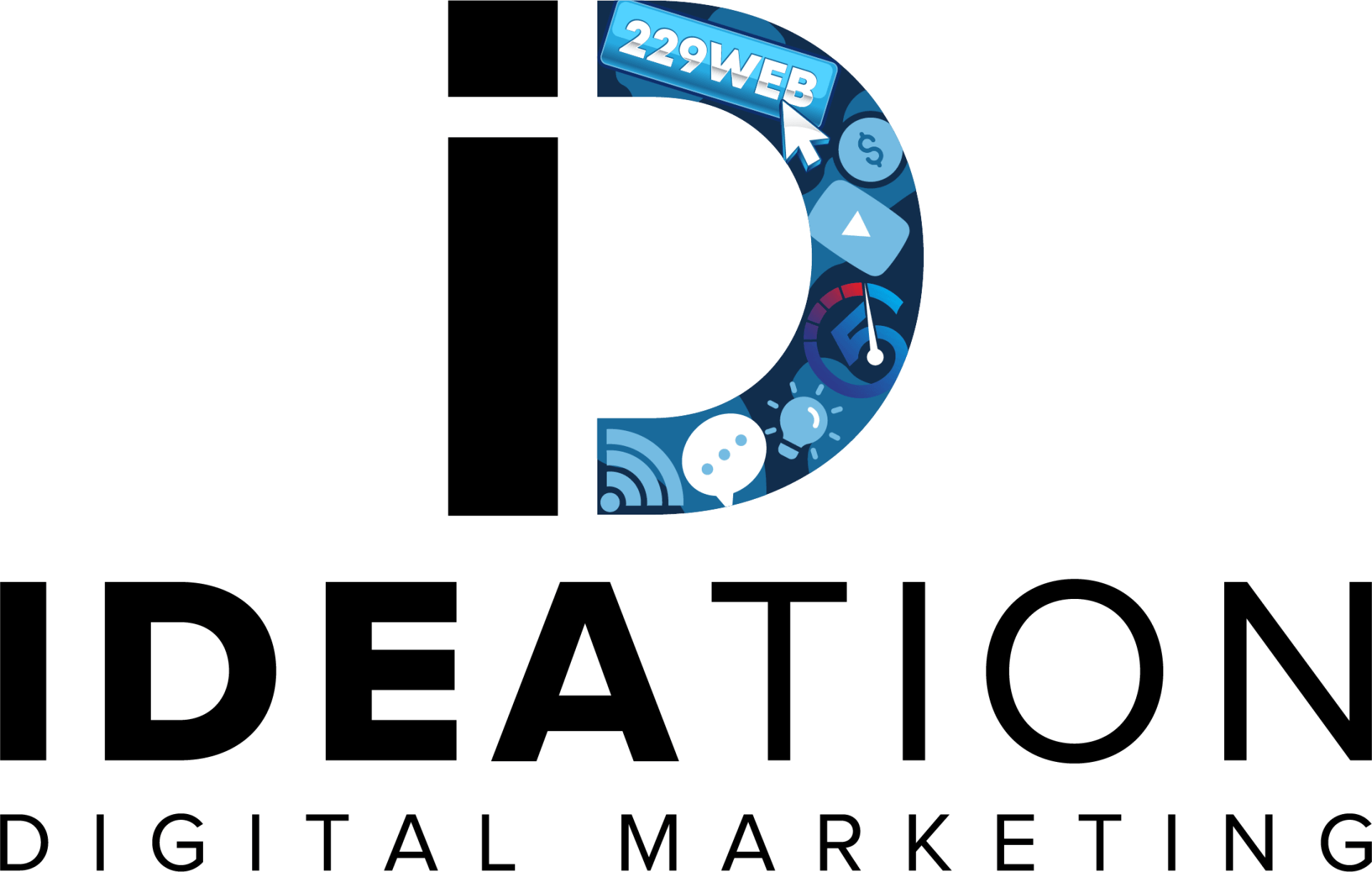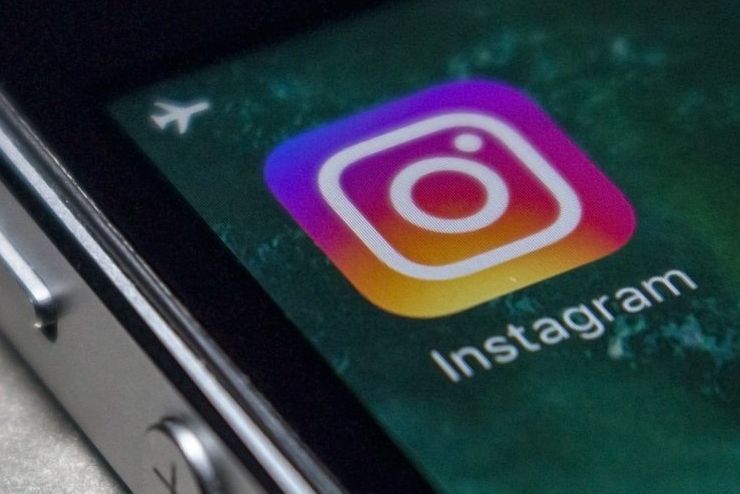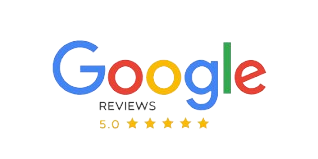Ideation Digital specializes in strategic marketing services that drive results for your business or organization, let us show you how our SEO Services can help grow your business on auto-pilot.
Is your online presence strong but your sales numbers remain disappointingly low?
Do you feel invisible online and know it’s affecting your sales growth?
Wondering if your business website actually brings in any customers?
Invested in online marketing but not seeing any increase in sales or customer inquiries?
The problem is there is more competition than ever for attention online and having a "good enough" online presence isn't good enough to get you customers anymore.
At Ideation Digital marketing we focus on building websites and SEO marketing programs that get you customers and leads, because why else would you invest in your small business marketing?
We understand the business saving impact of knowing you are getting consistent online leads from your website and online marketing. We are small business owners too.
That's why we only create online marketing that is optimized to produce sales and results. A.I. powered organic and comprehensive marketing systems that leverage the power of A.I. to create an online presence that actually makes the phone ring.

Want to discover how much not having an A.I. powered organic marketing system is costing your business already?
Get our digital marketing cheat sheet, made from a decade of experience in the industry, and customized for your business with exact steps to get consistent leads from your online marketing and finally feel like your online marketing investment is worth it!
How It Works
1. Analyze and Create a Strategy
We audit your existing marketing and needs, and help you figure out where your best opportunities are and agree on a plan that fits your goals.
2. Fast Implementation
Based on your strategy, we create your website and other marketing assets within a week so that you get leads FAST, and we offer unlimited editing so that your online presence always looks its best.
3. You Get Leads
Our expert team implements effective online marketing strategies to bring in leads and improve your local visibility, putting you in front of the right people at the right time so they actually reach out.
4. We Make Sure You Keep Getting Leads
We continue to monitor and actively manage your website, SEO, and digital marketing campaigns, allowing you to focus on your business while it shines online.
Here's what you get working with us:
Trust
We only recommend products and services that align opportunities with your goals. We focus on results for your business first.
Freedom
We manage all campaigns and assets for you. Need an update? No problem, send us an email, a text, or we will even create you a slack channel.
Growth
We don't just build websites, create SEO plans, and run ads for online marketing campaigns, we create comprehensive a.i. powered organic and paid marketing programs that bring you leads and customers.
See What Small Business Owners are Saying About Working with Ideation Digital

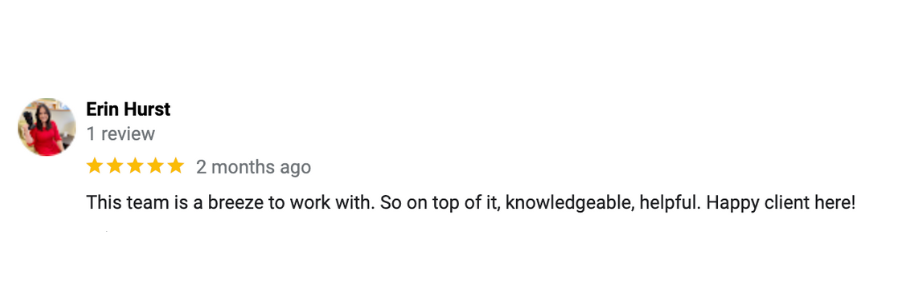

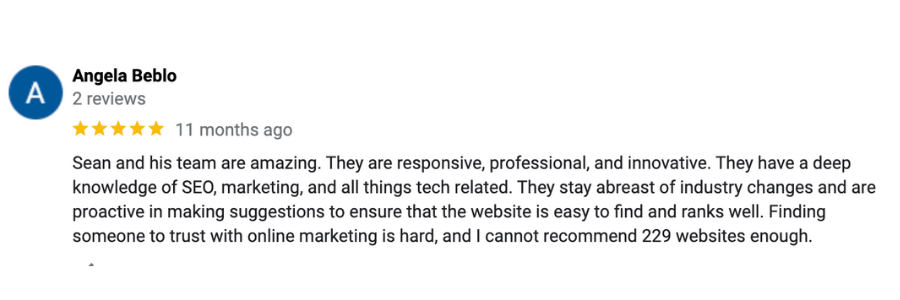


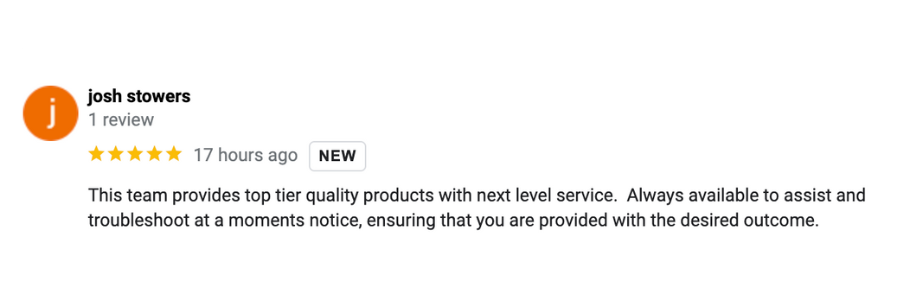
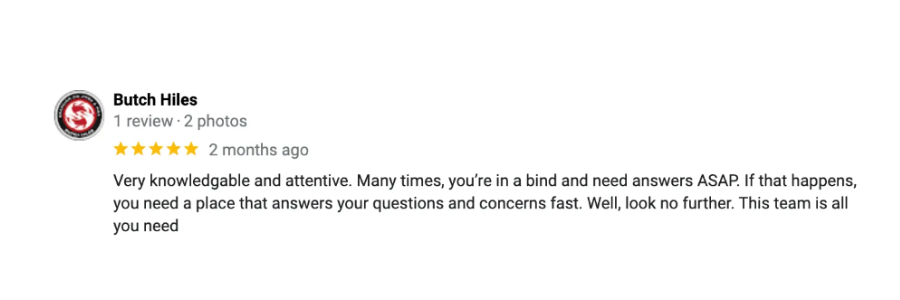
The Ultimate Guide To Social Media Advertising For Paid Marketing
Embarking on a journey through the constantly evolving universe of social media advertising can feel like navigating an elaborate maze filled with shifting algorithms, emerging platforms, and fleeting trends. We're here to illuminate your path. Our Ultimate Guide is your beacon in this digital wonderland, specifically designed to enhance your paid marketing strategy. Ready to break down the complex world of social media advertising, foster customer engagement, and sky-rocket your ROI? Grab your explorer's hat – it's time to delve into uncharted territory and conquer the wilderness of modern marketing.
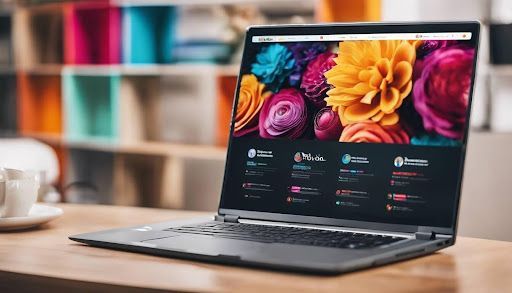
Paid social media advertising is an essential component of a successful digital marketing strategy. It offers numerous benefits such as increased brand visibility, reach, and awareness, targeted advertising, and in-depth market insights. By leveraging platforms like Facebook, Instagram, Twitter, LinkedIn, and emerging channels, businesses can effectively target their desired audience and achieve their marketing objectives.
Platforms for Social Media Advertising
Social media platforms continue to dominate the advertising world, providing businesses with a multitude of opportunities to reach their audience. Each platform offers a unique set of capabilities, demographics, and audiences that can be tailored to specific business objectives.
Facebook Advertising
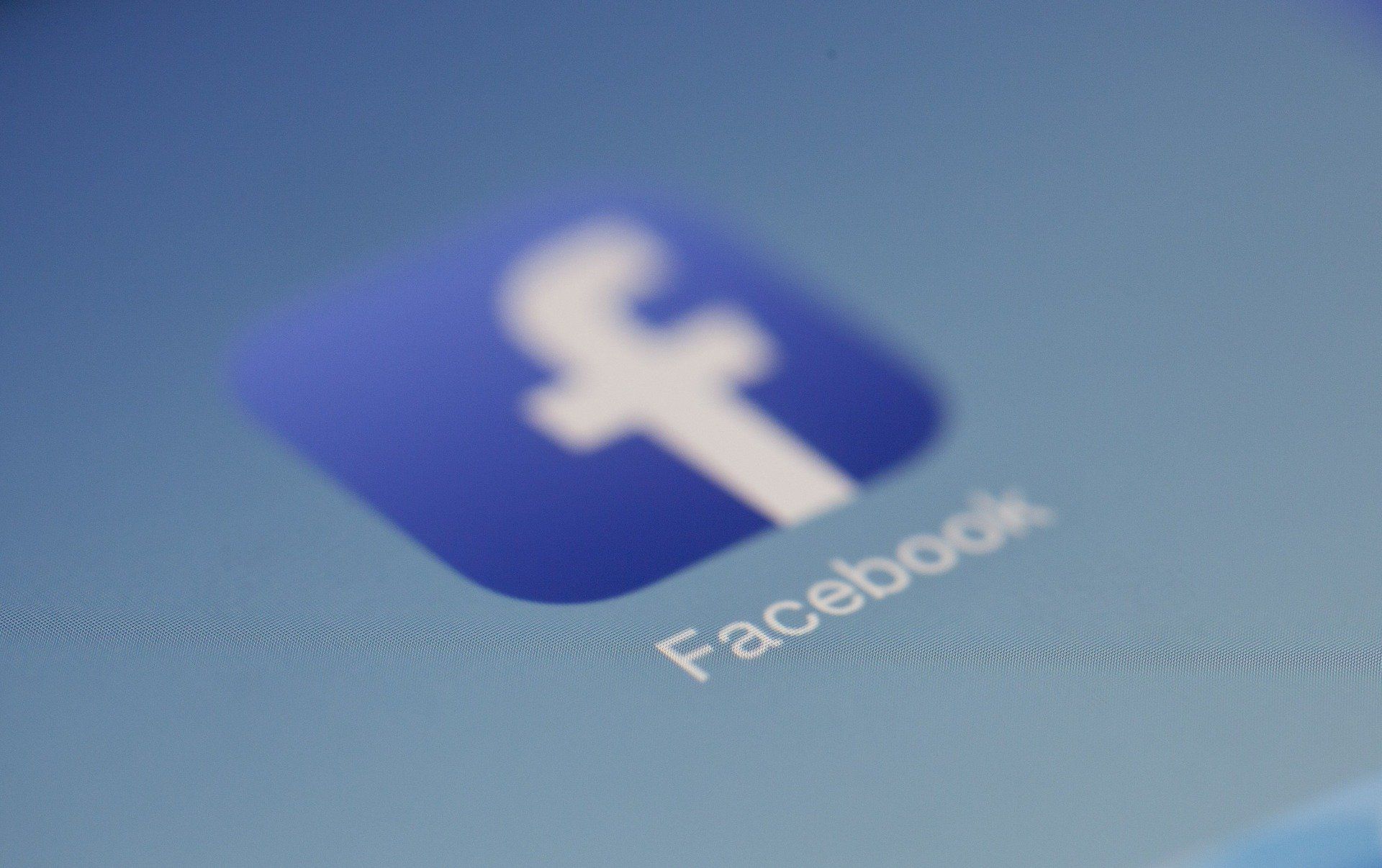
With an active user base of over 3 billion monthly users in 2024 globally, Facebook is undoubtedly the largest social media platform. It offers several advertising options such as image ads, video ads, carousel ads, and story ads. Another powerful feature is the custom audience tool for targeting users based on interests, behaviors, and demographics. Companies can also use Pixel tracking for detailed insights into engagement and conversions.
Additionally, Facebook ads offer excellent ROI by providing insights into cost per action (CPA), click-through rates (CTR), and return on ad spend (ROAS).
For instance, a marketing agency selling vegan products can create ads using eye-catching images featuring plant-based food and target them towards individuals who have shown interest in healthy lifestyles through the custom audience tool.
Facebook's subsidiary Instagram has been one of the fastest-growing social media platforms; hence we'll discuss Instagram advertising next.
With over a billion monthly users and one of the highest engagement rates among social media platforms, Instagram is an excellent place to invest in advertising. Instagram offers various options for businesses looking to reach out to audiences, including photo ads, video ads, carousel ads, and stories ads. The platform also has a robust targeting system that lets advertisers select their target audience by interests, demographics, purchasing behavior, and more.
Additionally, Instagram allows businesses to create custom audiences based on user interactions with their website or app. For example, businesses can create an audience of users who have added items to an online shopping cart but haven't purchased them yet, which makes retargeting easier. Instagram's objective-based advertising system further streamlines the process of creating campaigns while ensuring that advertisers meet their specific goals.
Twitter Advertising
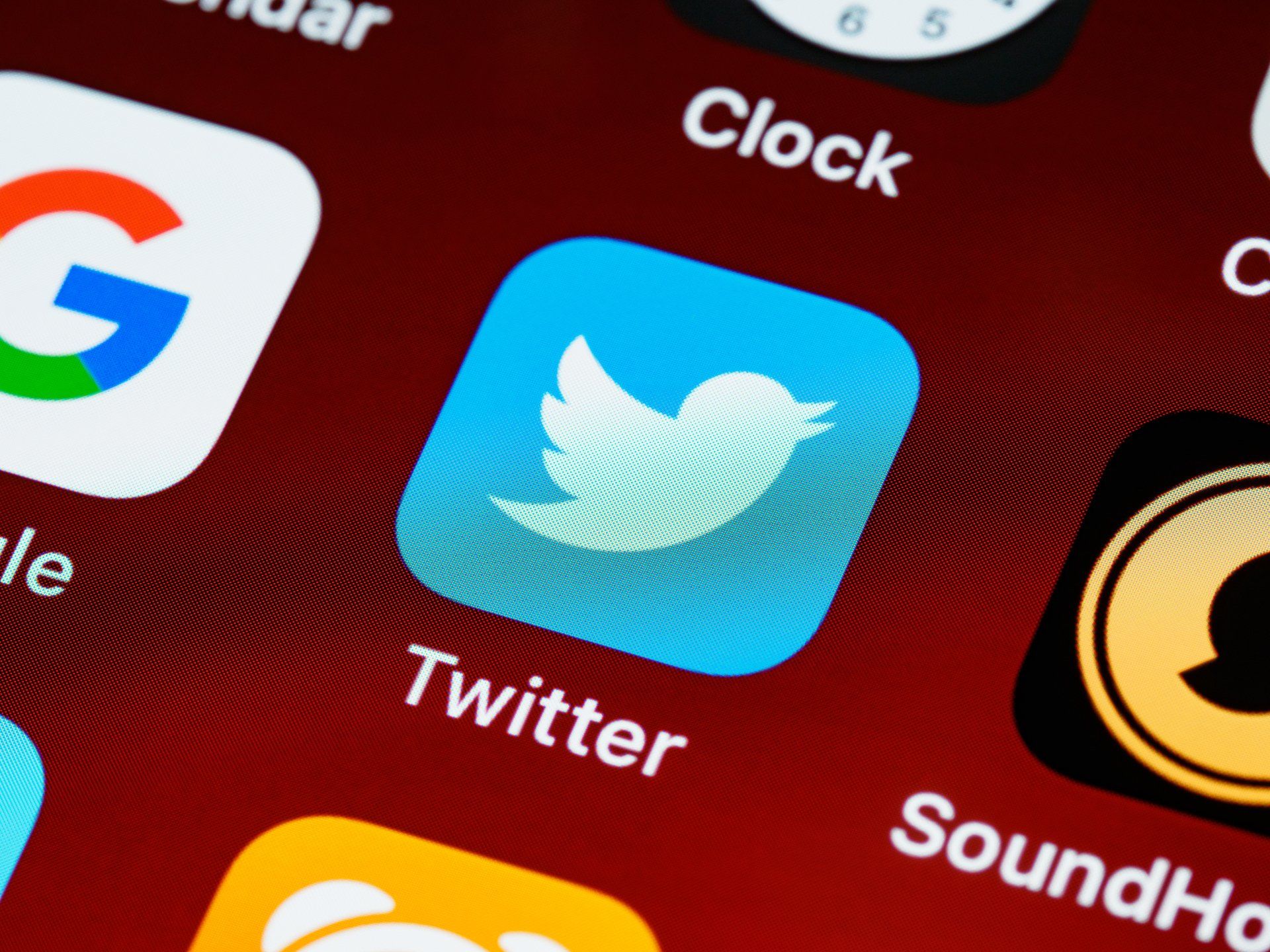
As one of the world's largest social media platforms with millions of daily active users, Twitter presents a unique opportunity for businesses to reach out to new audiences and engage with their existing ones. With Twitter's advertising options, which include promoted tweets, promoted accounts, promoted trends, and conversational ads; brands can maximize visibility and drive more traffic to their site.
One beneficial feature offered by Twitter is its advanced targeting capabilities that allow companies to target users based on various factors such as keywords used in tweets or hashtags they follow. Advertisers can also target specific locations, devices used by users and determine how much they want to spend on Twitter advertising.
In addition, Twitter's detailed analytics tools let you track ad performance effectively. You can monitor aspects such as impressions, clicks through rates (CTR), conversion rate and understand user behavior patterns better.
Having established the opportunities available on Instagram and Twitter let's see how we can take things up a notch by maximizing reach with ad types.
Maximizing Reach With Ad Types
Navigating through the various social media advertising options can be like discovering an ocean full of fishes. Using the right bait, you are assured of catching the right fish. The same goes for creating Ad type to maximize your reach and optimize your results.
Facebook, Instagram, Twitter and many more platforms offer a plethora of advertising choices. They include but aren't limited to video ads, image ads, text ads and carousel ads. So Which is the best option for maximizing ad reach on different platforms?
For instance, image ads work best on Instagram because the platform focuses heavily on visuals, while brands may prefer video ads to drive brand awareness and engagement on Twitter.
When choosing which ad type to use based on the different platforms' need, factors such as the audience type and targeting should be at the forefront.
Ultimately it boils down to what's suitable for your team. While some companies may find video Ads beneficial in getting their message across, others might find image Ads more appropriate. It's advisable to test out different ad types to determine what works best for your business.
- The year 2024 brings exciting opportunities for businesses to leverage social media platforms like Twitter for advertising and reaching new audiences. With Twitter's various advertising options such as promoted tweets, accounts, trends, and conversational ads, brands can increase their visibility and drive website traffic.
Twitter's advanced targeting capabilities allow advertisers to reach specific users based on factors like keywords in tweets, followed hashtags, locations, and devices used. This level of targeting enables businesses to tailor their ads to a relevant audience.
Furthermore, Twitter provides detailed analytics tools that help track ad performance effectively. Advertisers can monitor metrics such as impressions, click-through rates (CTR), conversion rates, and gain insights into user behavior patterns.
To maximize reach and optimize results on different platforms, it is essential to choose the appropriate ad type. For example, image ads work best on Instagram due to its visual focus, while video ads can be more effective on Twitter for driving brand awareness and engagement.
Maximizing Reach with Ad Types
As an advertiser, you want your message to reach as many potential customers as possible. That's where ad types come in to help you target different audiences organically. Each social media platform has unique ad types you can utilize to increase engagement and revenue. It's vital to choose the right type that matches your business objective and audience.
Sponsored Posts and Stories
A sponsored post or story refers to a promoted piece of content created by a brand that appears on the timeline of a user who does not follow that brand's account. In essence, it's a way of increasing your organic reach beyond your follower count.
A sponsored post on Instagram allows businesses to place their ads within newsfeeds where they can entice users with high-quality images, videos, and platform-specific features such as carousel posts, Instagram Shopping tags, and much more.
Sponsored stories are another impactful form of advertising on social media platforms such as Snapchat and Instagram. Native ads promote interactive experiences for users, offering an immersive method to bring ads to life while removing advertisement blockers.
The premise behind either ad type is simple: allocate funds for the sponsored placement of content onto consumers' feeds that best match target audience demographics.
When creating sponsored posts & stories for paid marketing purposes, consider how visuals will attract viewers' attention even if they do not know what the product is. How can audiences engage with said product? Would the timing of posted content go hand-in-hand with specific events happening throughout society or personal interests?
These questions need definitive answers if you want your company's brands/products/services promoted as effectively as possible via sponsored postings/stories.
Promoted Content
In the era of paid marketing, social media platforms have become indispensable tools for businesses to increase brand awareness, engage with potential customers and drive conversions. One of the ways that businesses can utilize these platforms is through promoting their content. On social media platforms, promoted content refers to content that has been boosted or sponsored using a paid plan, to increase its visibility beyond organic reach.
For instance, promoted content on Facebook appears in news feeds or stories marked as “sponsored” content. Instagram’s promoted content appears in users' feeds, stories and explore pages while LinkedIn allows sponsored content on users’ feeds.
Promoting organic posts gives your business an opportunity to attain a broader audience that goes beyond your usual following or database list. However, you must know several crucial aspects before you delve into promotion strategies.
When beginning any social media advertising campaign, setting a budget and defining your audience are crucial elements for success. Firstly, it is essential to determine how much you can allocate towards your social media ad spending while still remaining within your overall marketing budget. Once you've established the maximum amount, it's time to do thorough research on your target audience. This goes beyond demographics like age or gender and into factors such as interests, behaviors, and online behavior patterns.
Use tools offered by social platforms to refine audience targeting. The more narrowed down the audience is, the more likely you are to achieve higher conversion rates. For example, Facebook offers custom audiences obtained from data such as website traffic, email lists, or past customers.
Budget Planning and Audience Targeting
Evaluating Success of Social Media Ads
It's essential to continually evaluate the success of your campaigns to optimize them effectively. Tracking metrics allows you to quantify a campaign's effectiveness and adjust strategies accordingly early on. There are several metrics that cover various aspects of social media advertising effectiveness. These include engagement rate (the percentage of people who interact with your content), click-through rate (percentage of people who click on an ad post), and conversion rate (percentage of conversions in relation to clicks).
Suppose you note low click-through rates on an advertisement despite high impression counts; this could be due to weak copywriting or unconvincing call-to-action messages. In contrast, a low conversion rate could indicate problems with landing pages or checkout processes.
Keep in mind that tracking metrics alone does not guarantee efficacy if it only leads to cursory analysis without any real changes being made.
With that said, creating engaging ad content is vital for achieving successful returns on campaigns.
01
- According to Hootsuite's 2024 report, businesses are spending over $102 billion on social media advertising, a significant increase from the earlier years.
02
- A recent study by We Are Social and Datareportal in 2024 demonstrated that despite the decrease in organic engagement, business posts reach an average of 27% more people through paid promotion on platforms like Facebook and Instagram.
03
- SproutSocial's data analysis reported that the use of carousel ads on Facebook and Instagram has led to an average click-through rate of 1.92%, outperforming regular single image posts which recorded a median click-through rate of approximately 0.90% in 2024.
Engaging Ad Content and Its Impact
When it comes to social media advertising, the importance of engaging ad content cannot be overstated. People scroll through hundreds of ads on their social media feeds every day, so creating content that grabs their attention is crucial. Engaging ad content means creative and visually appealing content that captures the viewer's attention within seconds and prompts them to take action.
The impact of engaging ad content involves a higher click-through rate (CTR), increased brand awareness, and more conversions. Social media users engage with ads that are creative and resonate with them. Good ad content reflects on your brand positively and encourages existing and potential customers to interact with you online.
Let's say you want to advertise a new product on your Facebook page. A bland picture or a generic message isn't going to cut it when you're competing with numerous other brands for consumer attention. You need to create eye-catching, colorful visuals that make the product stand out in its unique way. Good ad copy coupled with images can lead to a significant increase in CTRs.
This table outlines the impact of various types of engagement metrics on businesses:
| Metric | Impact |
|---|---|
| Click-Through Rate (CTR) | Higher CTR leads to better conversions and brand awareness |
| Likes/Followers/Shares | These help improve brand visibility online. |
| Comments/Replies | These show that people are interested in what you have to say and that your content is engaging. |
| Conversion Rate (CR) | Higher conversion rates mean that people who see your ads are more likely to purchase from you. |
Think about the old saying "first impressions last". It may be true because we tend to remember bold or striking impressions over bland ones. Similarly, striking ad content leaves a lasting impression on social media users' minds.
In conclusion, impactful social media ads need engaging ad content that resonates with the viewer. Good ad copy and visuals are crucial for success in social media advertising as they convert leads to actual sales. When creating ad content, you must remember that people's attention span is short-lived - you have a brief window to grab their attention, so make it count.
